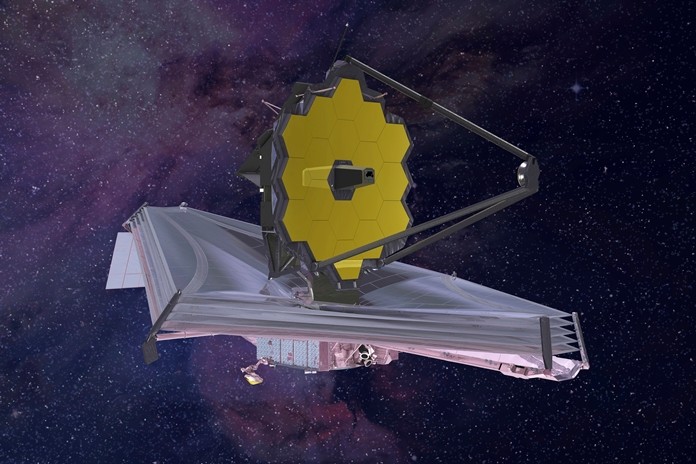
Cape Canaveral, Fla. (AP) — NASA’s major projects are busting budgets and schedules like never before, according to a congressional watchdog agency.
The U.S. Government Accountability Office reported Thursday that NASA’s major projects are more than 27 percent over baseline costs and the average launch delay is 13 months. That’s the largest schedule delay since the GAO began assessing NASA’s major projects 10 years ago.
The still-in-development James Webb Space Telescope is the major offender. The projected launch date for this advanced successor to the Hubble Space Telescope is now 2021, with an estimated $9.6 billion price tag, the GAO noted. Its original target launch date was 2007, with initial cost estimates as low as $1 billion.
NASA’s yet-to-fly mega rocket, the Space Launch System, also faces big cost overruns because of production challenges and, likely, even more launch delays.
On the bright side, the Parker Solar Probe launched last summer and looping ever closer around the sun came in millions under budget and was also on time.
The GAO defines a major project as having at least $250 million in lifetime costs. Altogether, NASA plans to invest $63 billion on the 24 major projects listed in the GAO’s latest report.
The partial government shutdown, which stretched from December to January, was not factored into the report.
 |
 |
 |





